A one-day workshop
A high-impact programme designed to be fun and to get people fully involved. The first-class, jargon-free content is based on what people need to know in practice, not off-putting legal language.
All the main issues – aggression and violence, asbestos, bullying, chemicals and harmful substances, computer workstations, confined spaces, drugs and alcohol, electricity, fire, getting in and out, height, housekeeping, lighting, manual handling, noise, personal hygiene, plant and machinery, slips and trips, stress, temperature, vehicles and transport, and welfare facilities.
Improving safety performance: Bridging the gap between management and workforce, encouraging participants to play their part. Also covered: contract work, inspections, safe systems and permits, protective equipment, signage, emergency procedures, reporting and health checks.
Expert trainer
David has more than twenty years’ experience in health & safety and environmental management and training. Formerly H&S Adviser with Visa, Head of Environmental Protection Training for the Ministry of Defence and later Environment Health and Safety Manager with one of the UK’s largest cement manufacturing companies, he set up his own consultancy practice in 2006, providing support, advice and training on health & safety and environmental management to help organisations to improve their health and safety performance and reduce their environmental impact.
Session outline
1. Introducing Working Safely
- Accidents can happen to anyone.
- The realities of the human suffering behind the statistics.
- The importance of personal responsibility.
2. Defining hazard and risk
- Focusing on the six broad hazard groups, participants are asked to think about the hazards and risks they come across in their own work.
- ‘Risk assessment’ demystified.
3. Identifying common hazards
- All the main issues – aggression and violence, asbestos, bullying, chemicals and harmful substances, computer workstations, confined spaces, drugs and alcohol, electricity, fire, getting in and out, height, housekeeping, lighting, manual handling, noise, personal hygiene, plant and machinery, slips and trips, stress, temperature, vehicles and transport, and welfare facilities.
4. Improving safety performance
- Bridging the gap between management and workforce, encouraging participants to play their part.
- Also covered: contract work, inspections, safe systems and permits, protective equipment, signage, emergency procedures, reporting and health checks.









